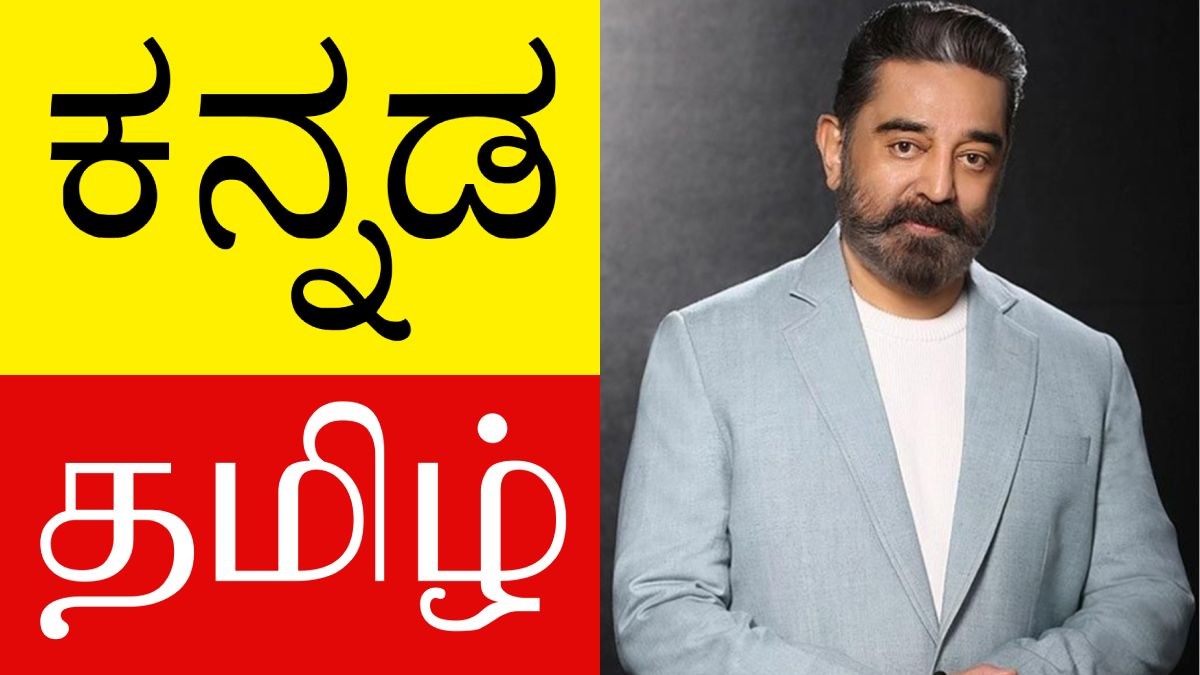
The recent statement by Kamal Haasan, claiming that Kannada was born out of Tamil, has sparked a major controversy in Karnataka. His remarks, made during the Thug Life audio launch, led to statewide protests, with pro-Kannada activists demanding an unconditional apology. However, linguistic experts argue that Kannada and Tamil, while both part of the Dravidian language family, evolved independently from Proto-Dravidian, the common ancestor of all Dravidian languages.
Historically, Kannada has a rich and well-documented past, dating back over 2,000 years. The Halmidi inscription, found in Karnataka, is the oldest known Kannada inscription, dating back to 450 CE. Additionally, Ashokan edicts from the 3rd century BCE contain words with Dravidian roots, suggesting that Kannada was spoken even earlier. While Kannada and Tamil share grammatical structures and vocabulary, they developed distinct identities due to geographical, cultural, and political influences.
Following the backlash, Kamal Haasan clarified that his statement was made out of love, urging that such discussions be left to historians and linguists. Despite his clarification, pro-Kannada groups continue to protest, tearing down Thug Life posters and threatening a statewide ban on the film. The debate over Kannada’s origins highlights the sensitivity of linguistic identity in India, reinforcing the need for historical accuracy and mutual respect in discussions about language evolution.
